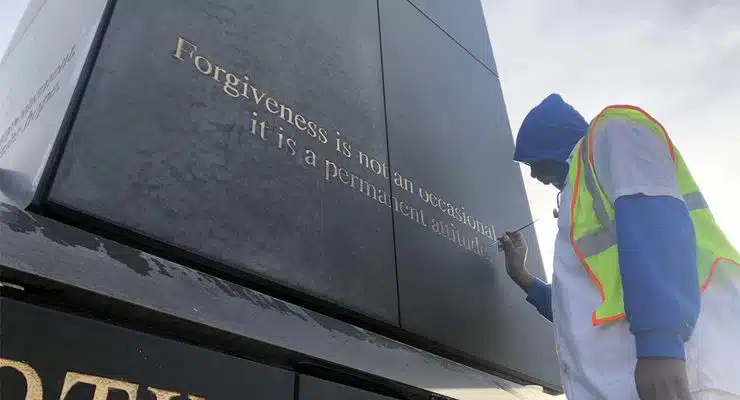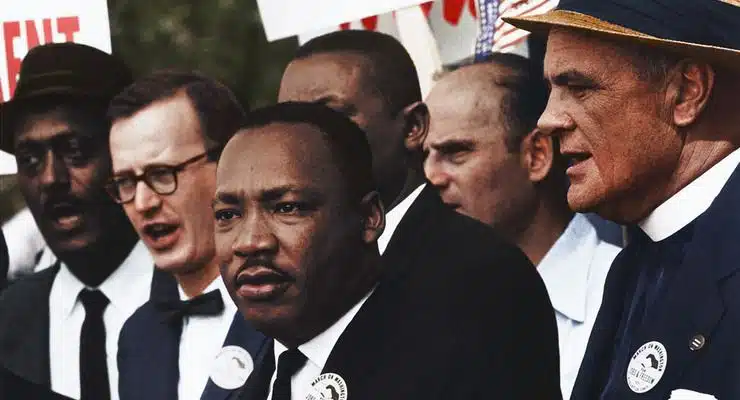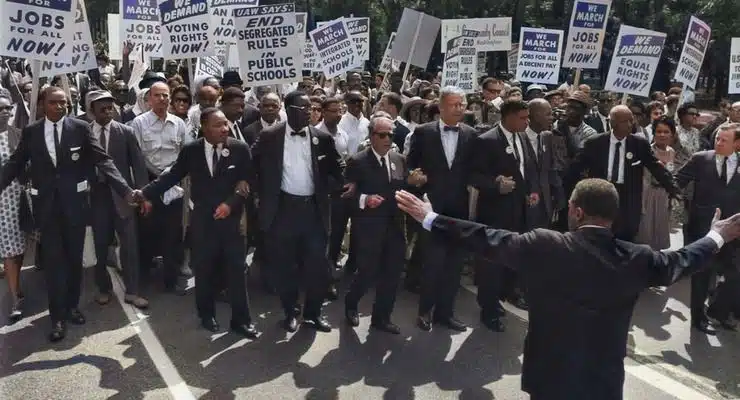Racial America was punctuated with hatred, segregation, and violence. To protest the hateful treatment, millions of Americans organized and participated in non-violent marches to advocate equal rights and justice for all. The origin is traceable to centuries-long efforts to abolish the institution of slavery. Although slaves were emancipated after the civil war, they were denied basic authority. Using nonviolent protests, the movements garnered momentum and support in the 1950s and 60s. Major legislation passed in 1964 and 1965 signaled the start of victory for the demonstration, and more legislation soon followed.
While much of the struggles are a thing of the past, the shadows of racial bias still lurk in various sectors of society. In recent years, demonstrations have become a platform for community advocacy. Many experts and essays on the civil rights movement view the reforms as an attempt to confront the enduring cultural, political, and economic effects of past racial oppression. Let us examine Virginia’s role in the shift and its effect on advocacy.
Virginia’s Role in The Civil Rights Movement

Most people remember Alabama, Mississippi, and other Southern territories as the hotspots for activists and events leading to emancipation. But if you research and write a civil right movement essay, you’d discover that Virginia played a huge role. For example, the National Association for the Advancement of Colored People (NAACP) filed the most lawsuits in the state. The state also coordinated various programs of massive resistance.
The role each state played in the struggle has been researched by many experts in the past. Today, professors assign civil rights movement summary essays to help students understand the key people who inspired the event. For example, an essay on civil rights movement is often based on the letter from Birmingham jail rhetorical analysis, Martin Luther King Vs Malcolm X, etc.
Virginia had the strongest NAACP fighter and group of activists of any state in the union. As a result, other southerners watched out for their reaction. Rightly so, the most significant landmarks of the movement started in the Old Dominion. If you are writing Civil Rights Movement essays for academic use, this is one of the angles you can explore to better understand the historical context. There are also essay examples by professionals you can use for inspiration. The popular cases include:
- Irene Morgan’s suit to desegregate interstate bus travel in 1946.
- The student strike at Moton High School Farmville led by Barbara Jones to protest poor facilities at the institution. The event resulted in one of the lawsuits that made up the Brown v. Board of Education Supreme Court Case.
- The case, Davis v. Prince Edward County, became one of the five comprising the Brown v. Board of Education decision in 1954.
- Loving v. Virginia (1967) banned segregation in public accommodations and public schools.
- The case of Green v. Board of New Kent County in 1968 laid the foundation for busing.
- Upending Jim Crow’s legally sanctioned segregation, etc.
The Old Dominion joined other territories in the Deep South to share the spotlight during the struggle for black freedom. Massive resistance started from the state, and the NAACP filled the most lawsuits in all the states.
Local Civil Rights Activism in Virginia
The Old Dominion contributed to the advocacy in many ways. But one of the steps that helped transform the march was its community television news coverage. It reduced the impact of travel bans on civil rights, and people could follow happenings around the nation. Apart from this, it addressed the same issues surrounding segregation that print media and in a more balanced perspective. In contrast, major stations in Jackson, Mississippi, defended segregation, and people could not access district and federal opposing voices.
In the 1950s, stakeholders began recognizing the power of television. As a result, they scrambled to use it to drive political and social change. Southern governors used it to reinforce segregation in the Southern space. But unlike Mississippi, where there was a blackout on racial issues, the media landscape was different in the Old Dominion.
Virginia had the first television station in the South – the WTVR in Richmond. Over time, people viewed events through television. It also helped shape the narratives about the struggle by all viewers and participants. As a result, beyond reporting events, news stations offered viewers more perspective.
Civil Rights Movement Boost Tourism
Over 60 decades after the social and political movements reached their climax, former sites of action have been revived and transformed into beaches, museums, and tourist attractions. The civil rights movement boosts tourism while reminding the rights struggle endured by Black Americans. We have the Virginia Civil Rights Memorial and the Danville Museum of Fine Arts and History. There is also the Robert Russa Moton High and Robert Russa Moton Museum located in Virginia. The State Capitol building houses a bronze and marble statue of Barbara Jones, among many other icons.
Many black activists died as a result of the protest. The ones that did not were met with utmost brutality. Today, many of these former battlegrounds have become tourist attractions financially supported by district, state, and federal resources. So much so that it is often called the civil rights tourism industry. The industry sells the bigger legacy of racial hatred and celebrates the triumph of racial equality.
Civil rights tourism educates people. As a result, it promotes tolerance through education. The sites are emblems, commemorations, and museums. They remind people of past events, even as generations of eyewitnesses are fading away. In 2012, over 42 million people visited the Old Dominion heritage sites. Many other cities across the state have sites dedicated to reminders of the past.
Conclusion
Americans celebrate African-American History month to remind people of all races of the events that shaped the civil rights movement. Thankfully, there is a growing interest in boosting tourism in communities where it took place. We know our history as a people and a nation. But we must continue to study it and revisit the sites to understand and appreciate the experience.


















